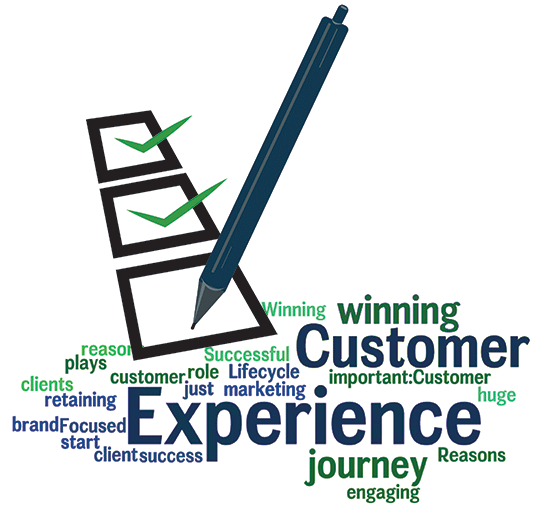We all take a journey as we embark on any new relationship. From personal to professional, journeys usually start with some sort of introduction and then involve the ups and downs of being close to someone or something. For instance, even the happiest of married couples can recall times when they felt challenged. The same goes for the relationships between people and the brands they trust. Life isn’t always roses, and neither are the goods and services we purchase and consume. That’s why the customer service journey is one of the most important pieces of the customer lifecycle. In this post, we are going to walk through how to focus on the customer service journey.
Marketing automation was developed to make marketers and sales teams alike more efficient and effective. By automating campaigns specific to various segments within the CRM database, marketers can reach prospective customers with a message tailored to address their needs or concerns based upon their profile, engagement level, and lifecycle stage. Where most marketing automation tools fall short is continuing this nurturing and relationship building beyond the “purchase” or “new customer” stage.
I’m sure you’ve seen the statistic:
“Companies focus on acquisition more than customer retention, even though it can cost 7x more to acquire new customers.”
Here are a few more to consider:
- 71% of consumers have ended their relationship with a company due to poor customer service
- 61% of consumers take their business to a competitor when they end a business relationship
- Globally, the average value of a lost customer is $243
- $83 billion is the cost of poor customer service in the US
- 63% of marketers feel that new customer acquisition is the most important advertising goal
Can your business afford to lose customers? Is your marketing team working tirelessly to ensure your current customers are engaged and happy with the products and/or services you provide?
Here’s the truth many of us don’t want to admit: We can’t afford to lose customers. We need to keep the ones we have and grow them over time. By “grow” I mean not only acquire new customers but upsell, resell, and cross-sell current customers.
Perhaps it’s time we re-evaluate who should be working to improve the customer service journey? After all, the customer service journey is just as important, if not more, than the marketing or sales journey prospects embark on with a brand. Unlike the early stages of the customer lifecycle, the contacts in the customer service journey have made a purchase, they are likely to read your communications, and their review of your business can literally be the difference between getting a new customers or losing an opportunity.
How can you improve your customer service journey? Share your thoughts via our comments section below.

